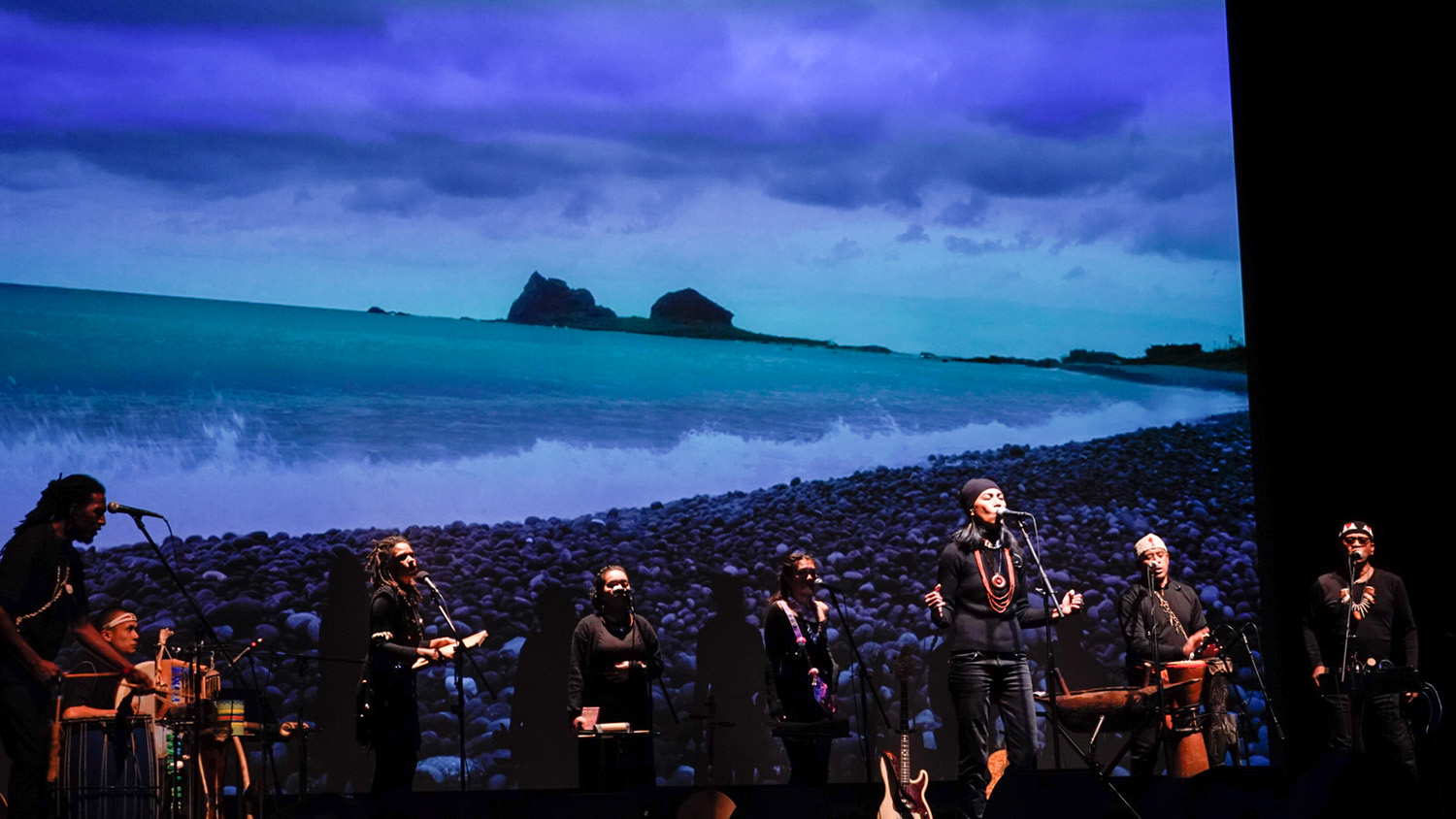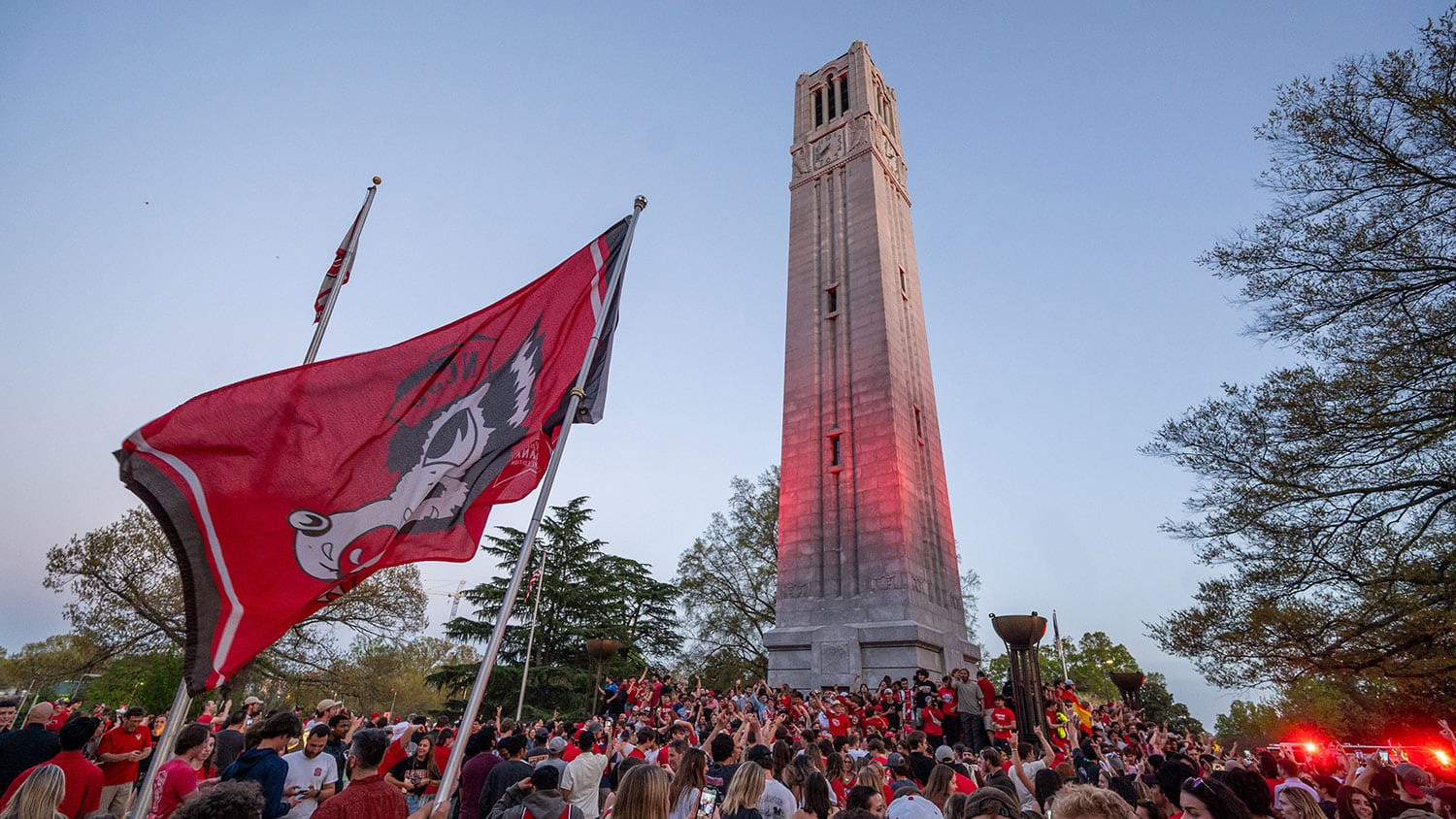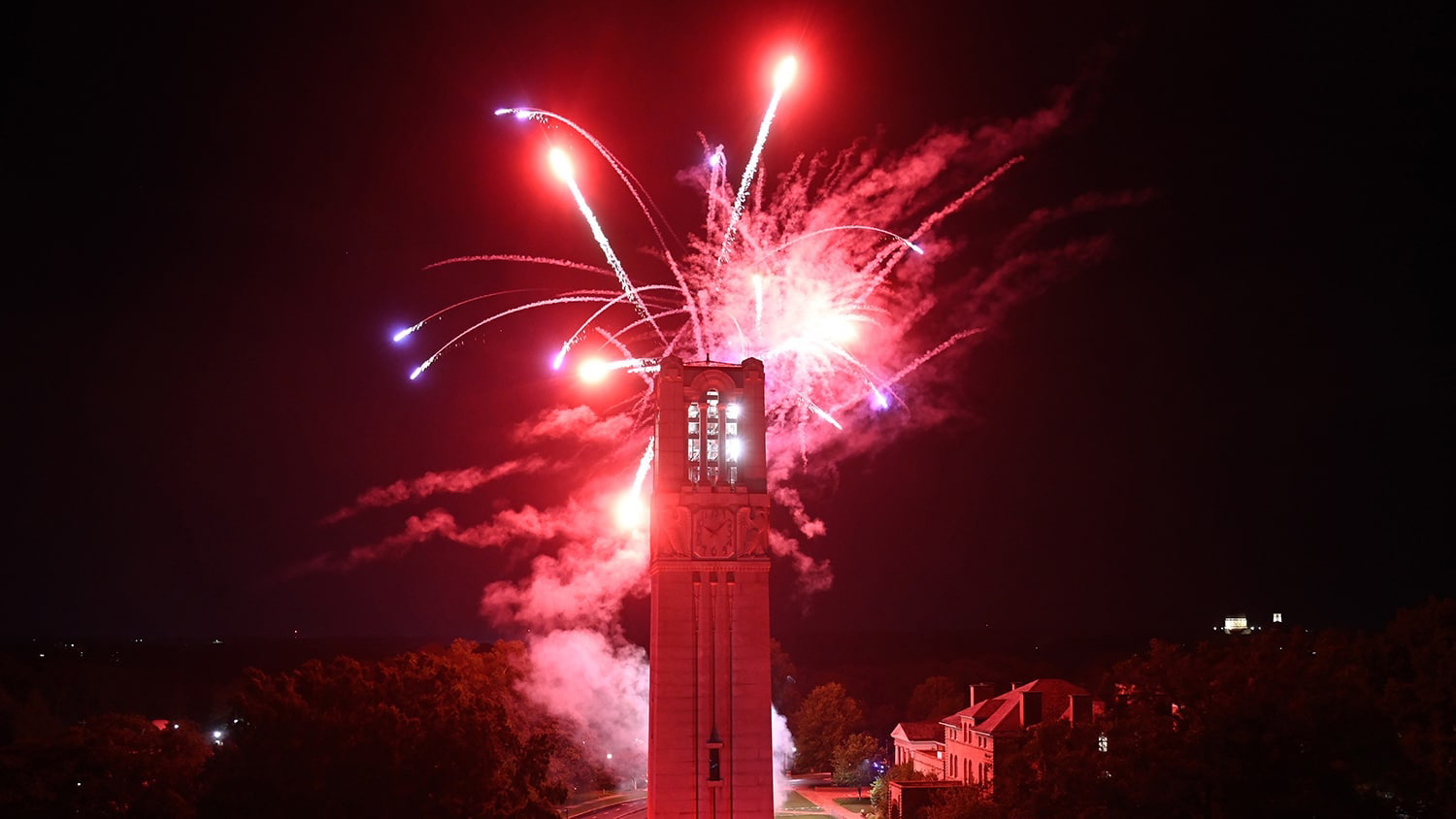Taking Up Residence: The New Gregg Museum of Art & Design
Editor’s Note: This article originally appeared in NC State, the magazine of the NC State Alumni Association. The magazine is a benefit of membership. To join, go to www.alumni.ncsu.edu.
Phil Freelon ’75 is back on campus. The College of Design graduate is again bringing his vision to NC State as his architectural firm begins to design the new Gregg Museum of Art & Design, slated to open in 2014 in the chancellor’s residence on Hillsborough Street.
“For me, being able to work on the campus again gives me an opportunity to contribute to NC State,” says Freelon, whose firm also designed the Partners III research building on Centennial Campus and the renovation of Thomas Hall. He also credits NC State as the beginning of his foray into designing museums and cultural centers in 1993 when The Freelon Group completed renovations of the African American Cultural Center in Witherspoon Student Center.
Located in Talley Student Center, the Gregg plans to move into a temporary space in the Brickhaven Building adjacent to JC Raulston Arboretum by summer 2013. If all fundraising goals are met sooner rather than later, it could bypass that step, move directly into the chancellor’s residence on Hillsborough Street and open the following spring. That building will be renovated and a new wing will be added.
“It will literally put the Gregg on the map,” says Alex Miller, associate vice provost, ARTS NCSTATE. “You can’t look on any campus map or any city of Raleigh maps and find us. We’re not a stand-alone facility.”
The chancellor’s residence will move to a new home near the Dorothy and Roy Park Alumni Center by the end of this year.
The Gregg specializes in cultural artifacts, holding exhibits of textiles, ceramics, folk art, photography, architectural drawings and modern furniture. It also houses the James and Eileen Lecce Ethnic Art Collection, which features tribal art from Africa, Asia, the Pacific and the Americas.
The new project will cost $7.5 million, but the university is providing $3 million—about the cost of the original museum—to get things rolling. The Gregg Campaign Committee will need to raise the remaining $4.5 million from private sources, Miller says.
Plans include a renovation to the 7,950- square-foot residence, built in 1928 at a cost of $30,000. An approximately 16,800-square-foot addition will feature exhibition galleries, teaching spaces for on-site instruction and school groups, and increased storage space for the museum’s collection. “That’s important because museums just don’t stop collecting,” Miller says.
Roger Manley, director of the Gregg, says the new space will also allow the Gregg to host arts festivals. The grounds of the residence will enable visitors to walk through an outdoor sculpture garden.
The Freelon Group won the bid to design the new Gregg in June. Freelon says that he loves the opportunity to incorporate the chancellor’s residence in the new Gregg’s design rather than leave it unused. That approach is one of the most effective ways to achieve sustainability in architecture, he says.
And he likes finding a solution for the architectural challenge the residence poses. “How do you begin to add pieces to an existing building and come away with a unified whole, something that makes the two pieces complimentary?” he asks. Freelon believes that because the two buildings will hold different purposes—galleries in the new wing and largely administrative spaces in the residence—he can bring his contemporary sensibility to the traditional building and still find compatibility.
NC State and The Freelon Group are discussing design plans, and the goal is to have a final one in place by spring 2012, Manley says.
For Miller, the firm was a clear winner because of the homework it did for the proposal and the sensitivity it had shown in understanding how to utilize the historic Georgian-style home.
“When you’ve got a local architectural firm that’s been selected to do the latest Smithsonian museum on the Mall, that’s an obvious choice,” Miller says. “It’s not every day that design firms are entrusted with the design of a museum.”
- Categories:


